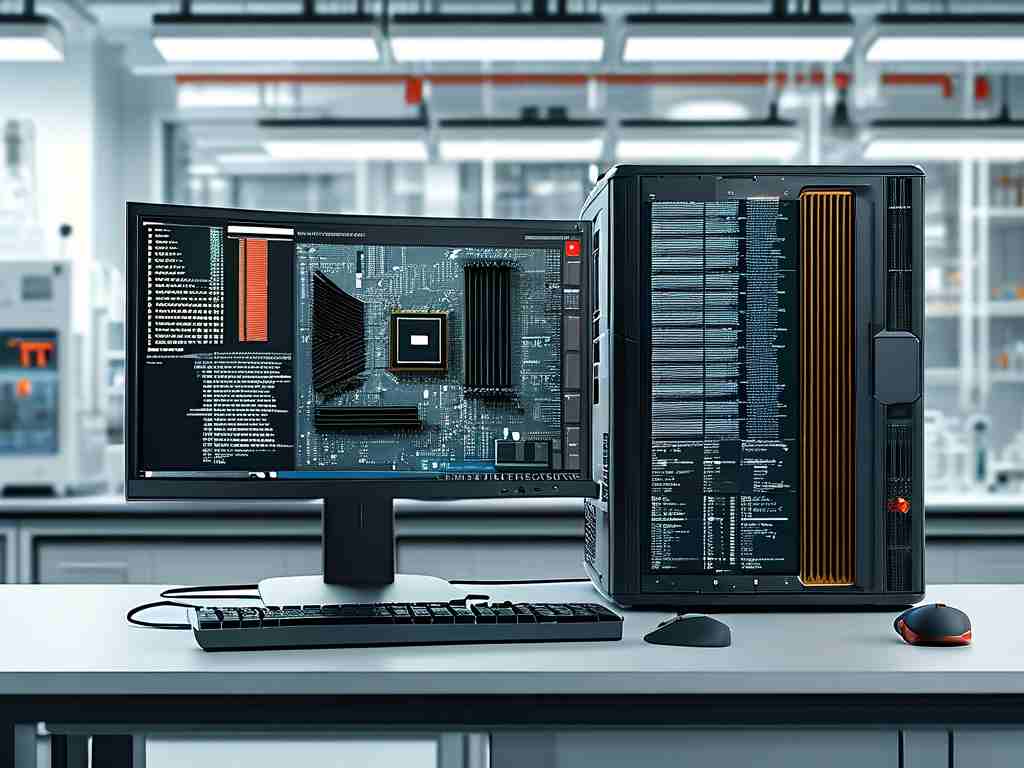In the rapidly evolving landscape of technology, embedded systems development remains a cornerstone of modern engineering. These specialized computing systems, designed to perform dedicated functions within larger mechanical or electrical frameworks, power everything from medical devices to automotive control units. However, engineers face unique challenges when working on embedded projects, requiring a blend of hardware expertise and software precision.

Hardware-Software Co-Design Complexity
One of the most persistent hurdles in embedded engineering is the need for seamless hardware-software integration. Unlike traditional software development, embedded systems demand an intimate understanding of microcontrollers, sensors, and circuit design. For instance, optimizing code for ARM Cortex-M processors requires developers to account for memory constraints while ensuring real-time performance.
Consider this code snippet for sensor data acquisition:
void read_sensor_data() {
ADC_StartConversion();
while(!ADC_IsConversionDone());
uint16_t raw_value = ADC_GetResult();
process_data(raw_value);
}
This bare-metal approach exemplifies the low-level control needed in resource-constrained environments, where every clock cycle matters.
Power Efficiency Imperatives
With the proliferation of IoT devices, power management has become non-negotiable. Engineers must balance functionality with energy consumption, often employing techniques like sleep-mode optimization and dynamic voltage scaling. A common strategy involves using interrupt-driven architectures to minimize active processing time:
void HAL_GPIO_EXTI_Callback(uint16_t GPIO_Pin) {
if(GPIO_Pin == WAKEUP_PIN) {
enter_active_mode();
}
}
Such implementations extend battery life in devices like smartwatches or environmental sensors by orders of magnitude.
Real-Time Performance Demands
Many embedded systems operate under strict timing constraints. Automotive brake-by-wire systems or industrial robotics controllers require deterministic response times, often measured in microseconds. Real-time operating systems (RTOS) like FreeRTOS or Zephyr provide task scheduling frameworks to meet these needs:
xTaskCreate(vControlTask, "Ctrl", 128, NULL, 3, NULL); vTaskStartScheduler();
This code initializes a priority-based task scheduler, ensuring critical functions execute predictably even under heavy load.
Security in Connected Systems
As embedded devices increasingly connect to networks, attack surfaces expand dramatically. Secure boot mechanisms and hardware-based encryption modules like TrustZone in modern SoCs have become essential. Developers must implement layered defenses, as shown in this secure firmware update sequence:
- Verify digital signature using asymmetric cryptography
- Decrypt payload with AES-256-GCM
- Validate checksum before flashing
Cross-Disciplinary Collaboration
Successful embedded projects require synergy between mechanical, electrical, and software teams. For example, designing a drone's flight controller involves:
- Mechanical engineers optimizing motor placement
- Electrical specialists selecting brushless DC drivers
- Firmware developers coding PID control loops
This collaborative approach ensures all system components work harmoniously under varying environmental conditions.
Future Directions
Emerging technologies are reshaping embedded development. TinyML enables machine learning on microcontrollers, while RISC-V architectures offer customizable processor designs. Engineers are also exploring quantum-resistant cryptography to future-proof connected devices.
The field demands continuous learning—whether mastering new tools like PlatformIO or understanding regulations like ISO 26262 for automotive systems. Those who embrace both the challenges and innovations will drive the next wave of smart, efficient, and secure embedded solutions.









